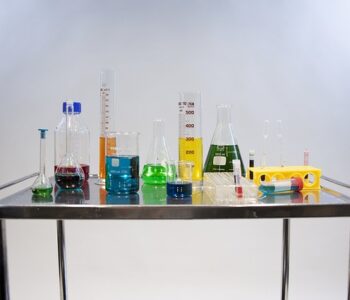The Benefits of Waterproofing
Waterproofing consists of applying elastic membranes to a concrete surface to prevent unwanted liquid penetration. It helps preserve the strength and durability of the concrete surface by curbing the effects of environmental liquid penetration. The process is done using specialized methods, such as installing a waterproofing membrane. Learn more about waterproofing here. This article explores the benefits of waterproofing. Also read on to learn about different types of waterproofing. For more information, visit the Waterproofing Institute of Canada website.
Specifying waterproofing membranes
Inspecting and speculating waterproofing membranes is an essential part of any construction project. Improperly applied waterproofing solutions can damage the property, causing structural cracking or concrete cancer. Moreover, incorrect waterproofing solutions can cause costly repairs, including the need to replace tiles. Waterproofing membranes are important building components that protect the structure of a building and can benefit all types of properties. Listed below are some points to consider when specifying waterproofing membranes for a new build.
A waterproofing membrane is a thin layer of material that prevents water contact between two different surfaces. It can be either a liquid or a preformed sheet. There are different types of waterproofing membranes, available in different thicknesses and sizes for various purposes. Waterproofing membranes are used in many construction projects and are often applied to the walls, floors and foundations of a building. Other types of waterproofing membranes are cementitious coatings and asphalt coatings.
Properties of waterproofing membranes
The effectiveness of a waterproofing membrane depends on two factors: the raw materials used to produce it and its installation process. Low product performance can be the result of poor onsite practices and poor quality control. Inefficient substrate preparation, for instance, can result in excessive moisture and hydrostatic pressure and poor membrane adhesion. Incorrect installation methods can also lead to a faulty membrane. In this article, we will discuss the different ways to assess waterproofing membrane workability.
In addition to waterproofing membranes’ water-tightness properties, the thickness of the underlying concrete must be carefully measured. The thickness of the membrane should be measured in millimeters. In addition, it should be checked for elasticity. The maximum deformation case should be used for the minimum opening range; higher opening ranges are included for demonstration purposes. Waterproofing membranes should have the ability to resist a range of load modes, including impact and abrasion.
Methods of application
There are several types of waterproofing methods. One of the most common types is a liquid membrane. Liquid membranes can be applied by trowel, roller, or spray. Because they are thin, they offer greater flexibility than cementitious waterproofing. In addition to providing better waterproofing properties, liquid membranes are easy to apply. However, there are some things you need to keep in mind before choosing this method. Below are some examples of different types of waterproofing and how they work.
The goal of waterproofing is to prevent interior water from accumulating and leaking into the building. Although waterproofing prevents interior water infiltration, it is often preferable to create a sealed building environment, which not only provides waterproofing but also conserves energy. The energy-saving benefits of a tightly sealed building envelope are significant. Waterproofing provides protection from rainstorms and flash floods, while reducing utility bills.
Cost of waterproofing membranes
One of the most common types of waterproofing membranes is cementitious. These materials are commonly available from suppliers of masonry products. The advantages of cementitious waterproofing include the ease of mixing and application, and the fact that most of them come with a 30-year warranty. In addition, these materials are inexpensive to use because of their high-quality performance. In fact, many flat roofs come with such a guarantee.
Sheet waterproofing membrane costs approximately $3.34 to $5.76 per square foot for a single coat. The price of this method depends on the thickness of the membrane and its application technique. Different grades of liquid waterproofing membrane are available, and it is crucial to follow the manufacturer’s instructions for any holes or joints. For a successful installation, a contractor should thoroughly prepare the foundation before applying the waterproofing membrane. Moreover, he or she should have the proper training and certification to apply the material.
Click here to learn more about waterproofing.

